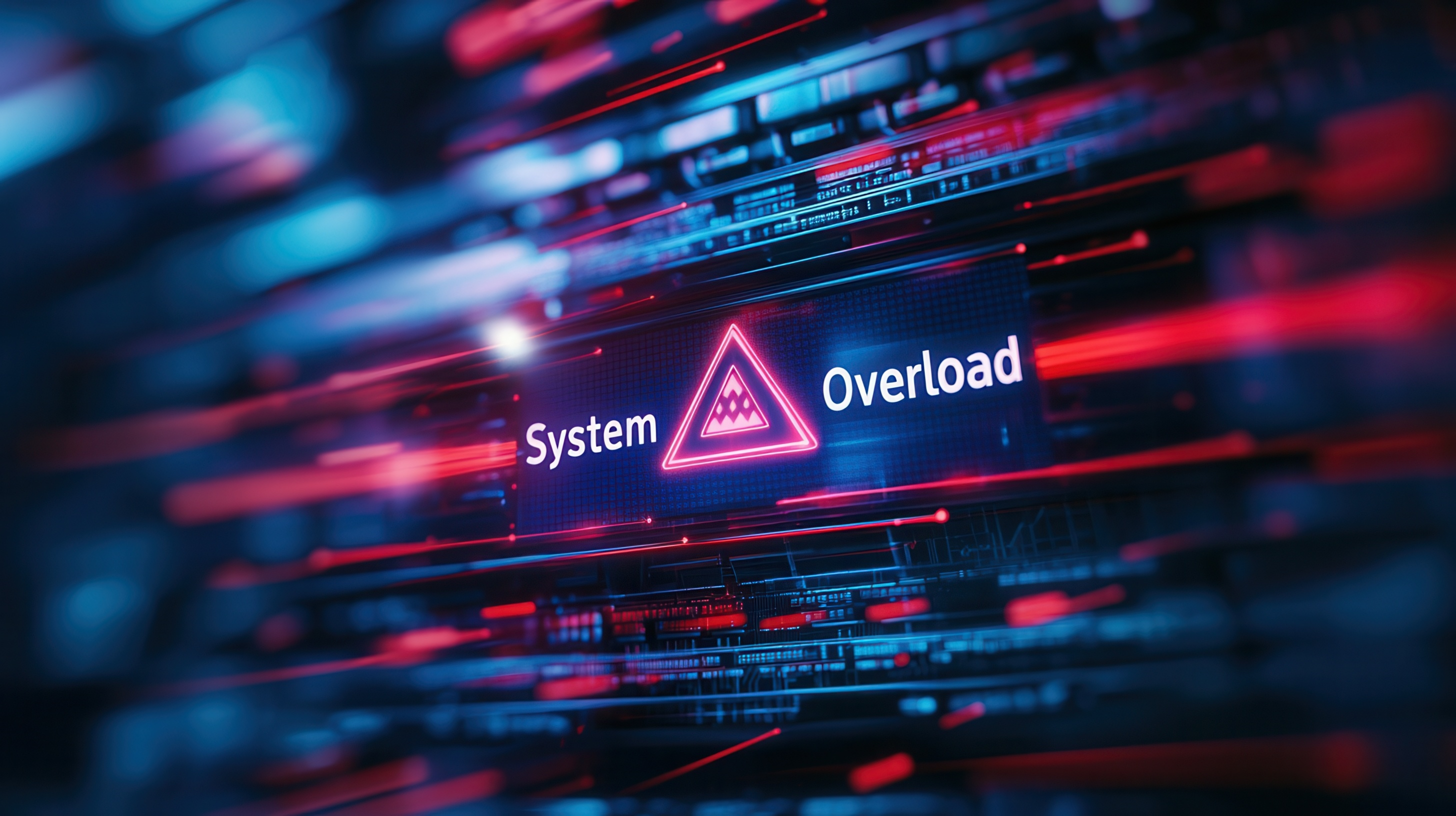Once heralded as the darling of IT strategies, the cloud-first approach reshaped enterprise operations with promises of agility, scalability, and streamlined costs. But as the adage goes, “Not all that glitters is gold.” In 2025, enterprises are reevaluating their cloud-heavy strategies, discovering that some workloads are better suited for a return to on-premises infrastructure. This evolution is driving a shift to a cloud-smart mindset—a deliberate strategy that balances the benefits of the cloud with practical, long-term IT optimization.
The cloud-first era: What went right and what didn’t?
The cloud-first movement wasn’t just a strategy; it was a game changer. For businesses, it was like flipping a switch to instant freedom—rapid deployments, pay-as-you-go models, and the promise of limitless scalability. The appeal was irresistible.
But, as the saying goes, “The devil is in the details.” As enterprises scaled up, the hidden costs started creeping in—like sneaky data egress fees that caught many CFOs off guard. Alongside these financial surprises, compliance headaches emerged. New regulations, such as GDPR and CCPA, turned the cloud from a one-stop-shop to a compliance minefield. And let’s not forget performance issues: certain workloads—particularly those requiring low latency or high performance—just couldn’t keep pace in public cloud environments. Some workloads were simply more comfortable back in their old on-premises homes.
The case for repatriation: Cost, compliance, and control
As the cracks in the cloud-first strategy widen, cloud repatriation is gaining ground. Companies are reevaluating their strategies and finding that moving certain workloads back on-premises could save a lot more than they originally thought. A study by Andreessen Horowitz found that shifting workloads back from the cloud to optimized on-prem environments could cut operating costs by over 50%. Surprised? The math starts to make sense when you factor in those pesky hidden costs, like data transfer (egress) fees, which can rack up quickly.
A prime example is Dropbox’s well-known decision to repatriate its workloads. The result? A cool $75 million saved over just two years. That’s not pocket change. Beyond the financial side, there’s also the matter of data privacy. With regulations tightening globally, enterprises are feeling the pressure to keep sensitive data under their direct control. On-premises solutions often offer a greater sense of security and transparency regarding where and how data is stored, which can reduce compliance risks. For industries that handle sensitive information, like healthcare and financial services, the ability to keep data close to home becomes even more critical.
And when milliseconds matter, such as in real-time analytics or AI model training, relying on distant cloud servers just doesn’t cut it. On-premises solutions provide that instant processing power, making them indispensable for high-performance needs.
Hybrid cloud as the middle ground
In response to the complexities of repatriation, many businesses are adopting a hybrid cloud approach. This strategy—which blends public cloud, private cloud, and on-premises infrastructure—has quickly become a middle ground for enterprises looking to optimize their IT setups.
Gartner predicts that by 2027, 90% of enterprises will embrace hybrid or multi-cloud solutions to get the best of both worlds. By keeping sensitive workloads on-premises for compliance or cost reasons, and leveraging public cloud for less critical applications, businesses can achieve flexibility without compromising on performance.
The beauty of hybrid is in the integrations: tools that allow seamless orchestration between on-premises and cloud environments, providing businesses with the adaptability they need to stay competitive in an ever-changing landscape.
Repatriation in action: Industries leading the shift
Certain industries are already leading the way in cloud repatriation, guided by their unique needs. Major banks and trading firms are moving high-frequency trading platforms back on-premises to eliminate latency delays that impact split-second trading decisions. For example, JPMorgan Chase has invested heavily in private infrastructure to process transactions faster and ensure compliance with stringent global regulations.
Hospitals and research institutions are repatriating sensitive patient records to comply with data privacy laws. The Mayo Clinic, for instance, utilizes a federated data management approach, storing de-identified data in encrypted containers within their private cloud infrastructure. This method ensures that sensitive information remains under strict control, reducing the risk of unauthorized access while facilitating secure research collaborations.
Key considerations before repatriating
Before enterprises jump headfirst into repatriation, there are important factors to weigh. Repatriating isn’t a one-size-fits-all fix—it’s about carefully evaluating the total cost of ownership (TCO), factoring in infrastructure investments, staffing, and ongoing maintenance. It’s crucial to understand which workloads are suited to on-premises setups and which can still benefit from the cloud. The success of this transition relies on having the right expertise in-house to manage on-premises infrastructure effectively.
Enter modern technologies like hyper-converged infrastructure (HCI) and containerization, which offer flexibility and scalability while easing the burden of managing on-prem setups. HCI consolidates computing, storage, and networking into a single software-driven system, reducing complexity and enabling faster deployments compared to traditional on-prem environments. Meanwhile, with containerization, applications are bundled along with their dependencies, ensuring they run consistently across various environments without compatibility issues.
By leveraging these technologies, enterprises can achieve the best of both worlds: retaining cloud-like agility while maintaining the security, performance, and cost benefits of on-premises infrastructure.
Looking ahead: Cloud repatriation, AI, and edge computing
As the tech world continues to evolve, new forces like AI and edge computing are reshaping cloud strategies. AI, particularly the training of large language models (LLMs), demands massive computational power—often best delivered by on-premises hardware. Companies are increasingly deploying Nvidia DGX systems and similar high-performance machines locally for tasks like AI model training.
At the same time, edge computing is pushing more processing closer to data sources, where it can be analyzed and acted upon in real time. This trend, coupled with the demands of AI, makes it clear that a shift toward more localized, efficient processing is in the cards.
Conclusion: Cloud-smart, not cloud-first
The shift from a cloud-first to a cloud-smart strategy reflects a more mature approach to enterprise IT. As businesses continue to adapt to new challenges, the key will be finding the right balance between cloud and on-premises solutions. Cloud repatriation isn’t about rejecting the cloud; it’s about embracing a strategy that’s more tailored, practical, and cost-effective.
In the coming years, enterprises will increasingly prioritize cloud-smart strategies—combining the cloud’s scalability with the control and performance that on-premises solutions offer. It’s not just about where the workloads live; it’s about making the smartest decision for long-term IT success. And that’s what 2025 is all about.








